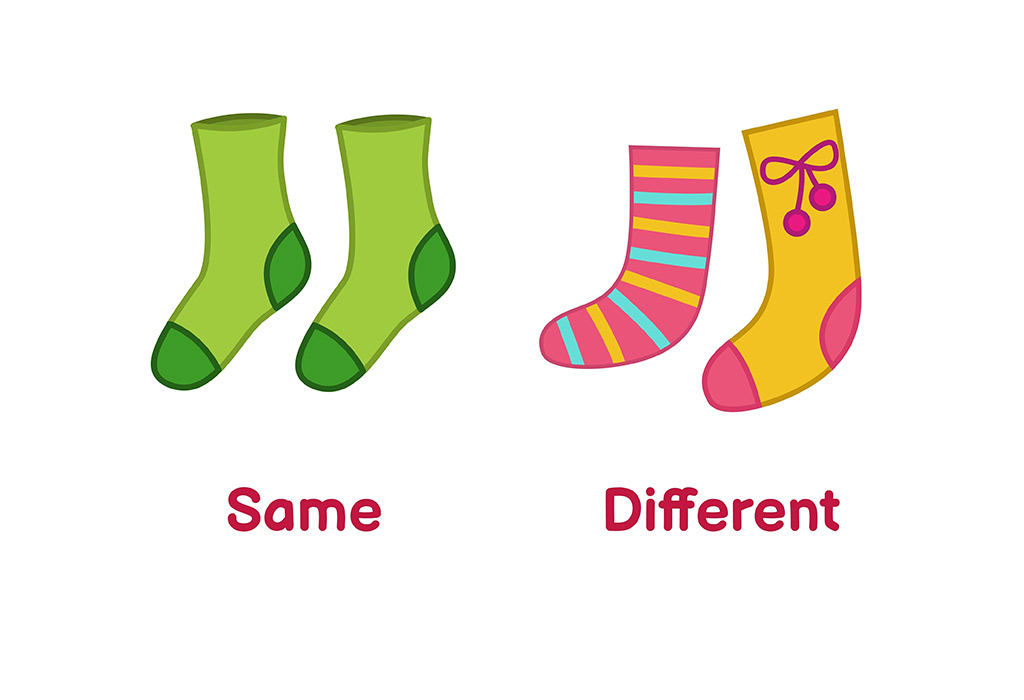Forensic science, a multifaceted discipline, stands at the intersection of science and law. Its primary objective is to provide objective, scientific evidence that can be used in legal proceedings. The diverse array of evidence encountered by forensic scientists speaks to the complex nature of investigations and the myriad ways in which crimes can be committed. The fascination with forensic science, often fueled by popular culture, stems from its ability to unveil hidden truths and reconstruct past events using meticulous examination and cutting-edge technology.
One of the most commonly encountered types of forensic evidence is biological evidence. This category encompasses a wide range of materials derived from living organisms, including blood, saliva, semen, hair, and tissue. Bloodstain pattern analysis, for instance, involves the interpretation of bloodstain patterns at a crime scene to reconstruct the events that caused the bloodshed. Analysts consider factors such as the size, shape, and distribution of bloodstains to determine the angle of impact, the distance from the source, and the type of weapon used. Furthermore, DNA analysis, a cornerstone of modern forensic science, allows for the identification of individuals with an exceptionally high degree of accuracy. Biological evidence can often be degraded or contaminated, highlighting the importance of meticulous collection and preservation techniques.
Another significant category of forensic evidence is trace evidence. Trace evidence refers to small, often microscopic, materials that are transferred between people, objects, or locations during a crime. Examples include fibers, hairs, paint chips, glass fragments, and soil. The Locard’s Exchange Principle, a foundational concept in forensic science, posits that every contact leaves a trace. Microscopic examination and instrumental analysis, such as spectroscopy and chromatography, are employed to identify and compare trace evidence samples. The probative value of trace evidence lies in its ability to link a suspect or object to a crime scene, providing crucial corroborative information.
Fingerprint evidence represents a classic and highly reliable form of forensic identification. Fingerprints, unique patterns of ridges and valleys on the fingertips, are formed during fetal development and remain unchanged throughout an individual’s life. Latent fingerprints, invisible to the naked eye, can be developed using various chemical and physical techniques, such as dusting with powders or fuming with cyanoacrylate (super glue). Fingerprint examiners compare the ridge characteristics, known as minutiae, of a suspect’s fingerprints to those found at a crime scene. Automated Fingerprint Identification Systems (AFIS) have revolutionized fingerprint analysis, enabling the rapid comparison of fingerprints against large databases.
Impressions evidence includes footwear impressions, tire tracks, and tool marks. Footwear impressions can provide information about the size, type, and make of shoes worn by a perpetrator, as well as their gait. Tire tracks can reveal the type of vehicle involved in a crime, its direction of travel, and potentially link it to a specific location. Tool marks, created when a tool comes into contact with another object, can be analyzed to identify the type of tool used and potentially match it to a specific tool found in a suspect’s possession. The analysis of impressions evidence often involves the use of casting materials to create three-dimensional replicas of the impressions.
Firearms evidence encompasses firearms, ammunition, and ballistic evidence. Forensic firearms examiners analyze firearms to determine their operability, identify the type of ammunition they use, and compare bullets and cartridge casings to determine if they were fired from a specific firearm. Ballistics analysis involves the study of the trajectory of projectiles, which can help reconstruct shooting events. Serial number restoration techniques can be used to recover obliterated serial numbers on firearms, aiding in their identification and tracing. The National Integrated Ballistic Information Network (NIBIN) is a database used to compare ballistic evidence from crime scenes across the country.
Digital evidence has become increasingly important in modern forensic investigations due to the proliferation of computers, smartphones, and other digital devices. Digital evidence can include computer files, emails, text messages, social media posts, and internet browsing history. Forensic computer analysts use specialized software and techniques to recover deleted data, analyze file systems, and trace online activity. The chain of custody is particularly crucial in digital evidence cases to ensure the integrity and admissibility of the evidence in court. Digital forensics is constantly evolving to keep pace with advancements in technology and the increasing sophistication of cybercrime.
Chemical evidence encompasses a broad range of substances, including drugs, explosives, and poisons. Forensic chemists analyze chemical evidence to identify its composition, determine its origin, and quantify its concentration. Drug analysis involves the identification and quantification of controlled substances, such as cocaine, heroin, and methamphetamine. Explosives analysis involves the identification of explosive residues and the reconstruction of explosive events. Toxicology is the study of poisons and their effects on the human body, and forensic toxicologists analyze biological samples to detect the presence of drugs, alcohol, and other toxic substances. The analysis of chemical evidence often requires the use of sophisticated analytical instruments, such as gas chromatography-mass spectrometry (GC-MS) and liquid chromatography-mass spectrometry (LC-MS).
Forensic science evidence types are constantly evolving along with technology. New methodologies and advanced instruments continue to allow for deeper analyses, increasing the chances of solving crimes.










Leave a Comment